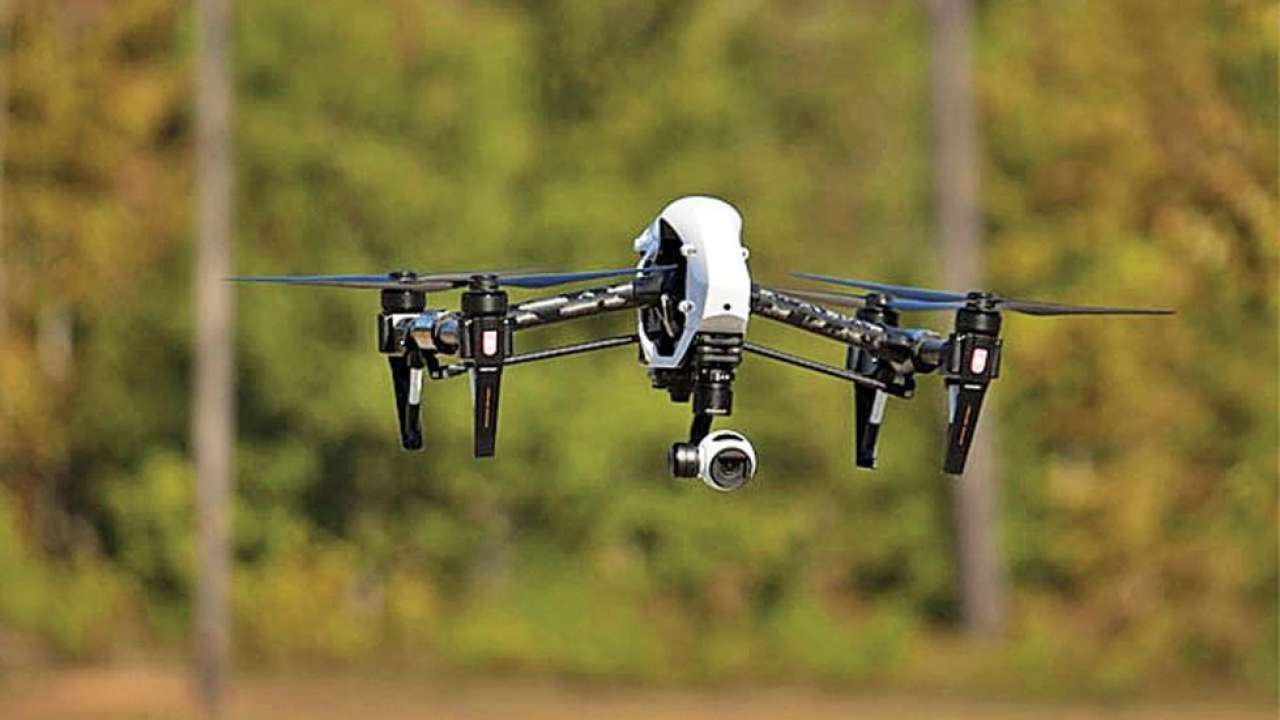
The use of drones, like that of any other technology, is primarily dependent on the intentions of the human operating it. This means that miscreants can utilise drones for unlawful or damaging purposes, such as the recent drone attack on an Indian Air Force station in Jammu. As a result, it is critical to manage their ownership and usage.
In the terror attack that happened on June 27, an Indian Air Force (IAF) station in J&K was targeted by a drone, causing a security panic. After the districts of Rajouri and Srinagar in Jammu and Kashmir issued orders prohibiting the storage, sale, ownership, use, and transportation of drones, the state’s Baramulla district has done the same. A district magistrate in Baramulla issued an order prohibiting the sale, possession, storage, transportation, and use of drones and other unmanned aerial vehicles (UAVs). Those who already have drone cameras or unmanned aerial vehicles (UAVs) in the district have been requested to turn them into their local police stations, according to a Srinagar deputy commissioner's directive. A deadline was not specified in the order.
Delhi Police has also banned UAV activity like drone flying in the national capital till Independence Day 2021.
New drone guidelines
The Ministry of Civil Aviation submitted the new drone guidelines, 2021 for public feedback, just weeks after the attack on the Jammu air base. The public comment period on the proposal ends on August 5.
The new released guidelines state different rules and regulations for the drone as per their size:
In India, the Ministry of Aviation has set many restrictions on the use of drones. Micro drones must not fly higher than 60 metres above ground level or faster than 25 metres per second (m/s), according to the published criteria. The government has set a height limit of 120 metres and a speed latency of 25 m/s for small drones. Medium and large drones, on the other hand, must fly in compliance with the conditions provided in the DGCA's Operator Permit. Prohibited zones are completely off-limits, whereas restricted areas require prior approval from the DGCA.
Drone No-Fly Zones in India have also been issued, which includes: